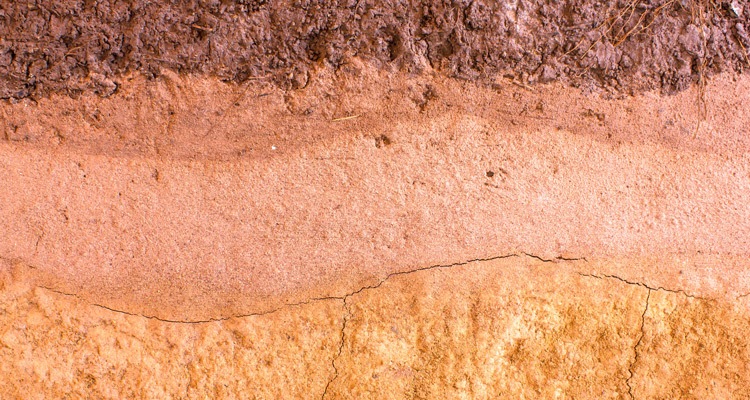Choosing the best fracking liners is a top priority for all oil and gas drilling operations. Hydraulic fracturing is a powerful method for collecting the energy sources we rely upon daily to do things like driving our cars, heating our homes, and operating businesses. Hydraulic fracturing also referred to as fracking or hydrofracking, is the process of accessing pockets of natural gas and oil deep beneath the earth's surface. Fracking employs water, sand, and chemicals that all work together to break apart these previously inaccessible natural resources. The mixture of water, sand, and oil used for fracking is referred to as flowback in the industry. Proper containment of flowback, which returns from the well, is stored at the drilling site and regulated by the EPA. Two standard storage solutions manage the byproducts produced by oil and gas drilling sites are: 500-barrel tanks or 40,000-barrel pools.
WHAT ARE THE TOP FRACKING STATES IN THE US?
The top fracking states in the United States are primarily located in the Midwest and on the west coast, including Texas, California, Alaska, North Dakota, Colorado, Oklahoma, and New Mexico. Within the shorelines of the 50 states, over 90% of U.S. oil production comes from these eight states, making them very significant in US oil production. These areas can particularly benefit from good fracking practices due to their high oil and gas output and because they are more densely populated.THE ENVIRONMENTAL BENEFITS OF FRACKING LINERS
While tanks are an above ground containment solution, fracking pools or pits are built into the earth. Whether employing tanks or pools, frac liners are used to secure the flowback mixture and keep it safely contained. Additionally, intensive environmental regulations are in place to make sure that whether stored in tanks or pools, the volatile flowback does not permeate into the earth. It’s especially important to choose the strongest, best fracking liners when operations take place near groundwater resources like lakes, rivers, and streams. When installed properly, environmentally beneficial waterproof containment liners prevent the harmful chemical compositions from seeping into the planet’s surface. BTL Liners are used in a wide range of industrial settings and play a critical role across several industries in protecting natural resources. Mining, agriculture, municipal, transportation, and oil and gas companies all benefit from using durable, high-quality liners in their respective applications. Our custom fabrication capabilities help companies operating in these industries by saving time and money and helping them achieve their goals to comply with environmental regulations.CHOOSING THE BEST FRACTURING LINERS
The best fracking liners must be strong enough to maintain a waterproof barrier for decades and designed to prevent corrosive contaminants from percolating into underground aquifers or trickling into nearby creeks or rivers. Additionally, industrial strength liners must be flexible enough to heat-weld together to install in flowback reservoirs. Durability and puncture resistance features in containment liners are critical, as the liquefied mixture used in fracturing contain chemicals to facilitate the horizontal drilling process. Byproducts safely contained will avoid seepage into the natural environment. It’s especially important to choose the strongest, best fracking liners when oil and gas operations take place near groundwater resources like lakes, rivers, and streams.WHAT TO CONSIDER WHEN CHOOSING LINERS FOR WATER CONTAINMENT IN THE OIL & GAS INDUSTRY
At BTL Liners, strength requirements for our fracturing customers influenced the development of the 40 mil liner. Our proprietary, double-scrim reinforced 40 mil liner is thicker, stronger, and more puncture resistant than many other liners of similar material and function in the marketplace. We fabricate fracking liners using heat-welded seams that create a waterproof barrier. BTL recommends our 40 mil liner due to its immense strength and puncture resistant properties for our fracturing water containment customers that offer these additional benefits:- Chemical resistance
- UV resistance
- Strength and puncture resistance
- Heat-welded seams for a stronger, more water-tight barrier
- Proper, professional liner installation to guarantee quality
Sources Investopedia | Top States for Fracking in the US



